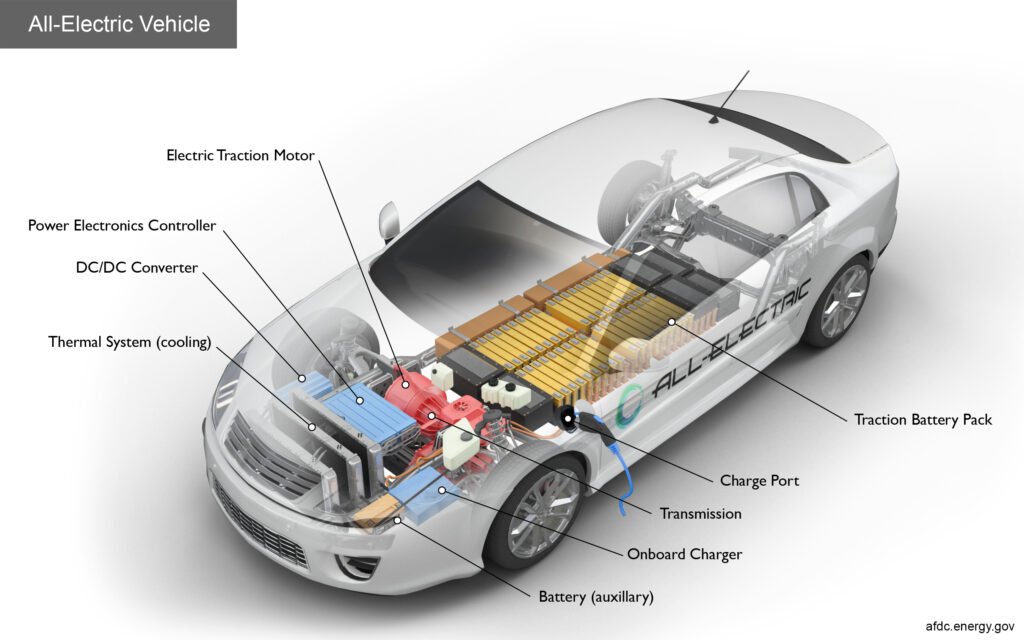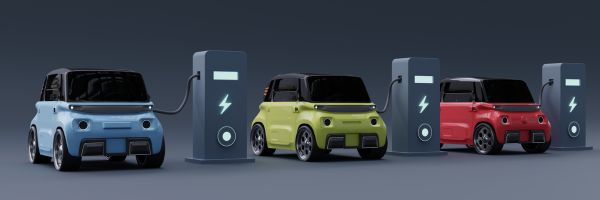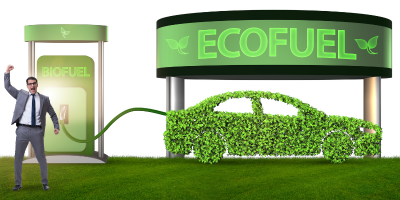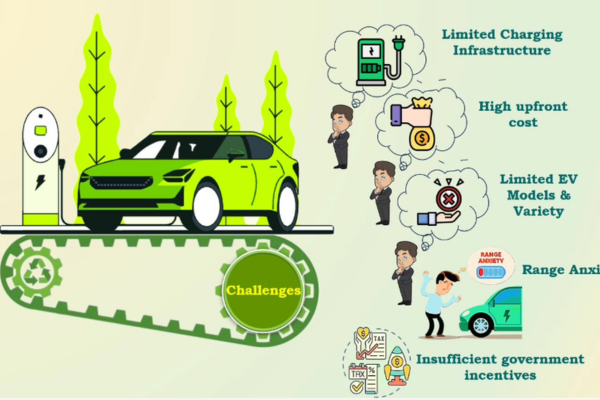Table of contents
- Introduction
- Working and Growth aspects of Electric Cars.
- Conclusion
- Frequently Asked Questions.
Introduction:
Electric vehicles (EVs) have emerged as a promising solution to mitigate the environmental impact of traditional combustion engine vehicles. As concerns over climate change and air pollution intensify, the automotive industry is witnessing a significant shift towards electric mobility.
Electric vehicles (EVs) have emerged as a transformative force in the automotive industry, offering a sustainable alternative to traditional internal combustion engine vehicles. With the urgent need to address climate change, reduce air pollution, and mitigate dependence on fossil fuels, electric cars have garnered unprecedented attention and momentum. In the quest for cleaner transportation solutions, electric cars stand at the forefront of innovation, embodying the convergence of technology, environmental stewardship, and societal aspirations for a greener future.
The allure of electric cars lies not only in their zero-emission driving capabilities but also in their potential to revolutionize the way we think about mobility. Unlike conventional vehicles powered by gasoline or diesel, electric cars harness the power of electricity to propel them forward, ushering in a new era of sustainable transportation. From compact city cars to luxurious sedans and rugged SUVs, electric vehicles come in diverse shapes and sizes, catering to a wide range of consumer preferences, and driving needs.
As we delve deeper into the mechanics and growth trajectory of electric cars in 2024, it becomes evident that they represent more than just a mode of transportation. They embody a shift towards cleaner energy sources, a reimagining of urban landscapes, and a catalyst for technological innovation. In this article, we unravel the inner workings of electric cars, explore the latest advancements shaping their evolution, and examine the opportunities and challenges that lie ahead in harnessing their full potential. From the bustling streets of megacities to the serene highways of rural landscapes, electric cars are poised to redefine mobility and reshape the automotive industry landscape in the years to come.
This article delves into the workings of electric cars and explores their growth aspects in 2024.
Working and Growth aspects of Electric Cars.
1. Understanding Electric Cars:

• Electric Powertrain:
• Battery Technology:
• Regenerative Braking:
2. Growth Aspects of Electric Cars in 2024:

• Technological Advancements:
• Infrastructure Development:
• Market Expansion:
• Policy Support:
• Consumer Awareness:
3. Environmental Impact:

• Reduced Emissions:
• Lifecycle Analysis:
4. Challenges and Opportunities:

• Battery Cost and Range:
• Charging Infrastructure:
• Supply Chain Resilience:
5. Range Anxiety Mitigation:
• Battery Improvements:
• Vehicle-to-Grid (V2G) Technology:
6. Autonomous Driving Integration:
• Autonomous Features:
• Fleet Electrification:
6. Autonomous Driving Integration:
• Material Innovation:
• Circular Economy Initiatives:
8. Grid Integration and Smart Charging:
• Smart Grid Integration:
• Vehicle-to-Home (V2H) Systems:
9. Collaborative Ecosystem Development:
• Partnerships and Alliances:
• Cross-Sector Innovation:
10. Global Market Dynamics:
• Regional Variances:
• Emerging Markets:
Conclusion:
The continued evolution of electric cars in 2024 encompasses a broad spectrum of technological, economic, and regulatory advancements aimed at driving sustainable transportation solutions. From range optimization and autonomous integration to sustainable manufacturing practices and grid integration, electric vehicles are poised to play a pivotal role in shaping the future of mobility. Collaboration across industries, proactive policy measures, and innovative business models will be instrumental in realizing the full potential of electric mobility and fostering a cleaner, greener transportation ecosystem on a global scale.
The transition to electric mobility represents a significant paradigm shift in the automotive industry, driven by technological innovation, policy support, and changing consumer preferences. In 2024, electric cars continue to gain momentum, with advancements in technology, infrastructure development, and market expansion fueling their growth. However, addressing challenges such as battery cost, charging infrastructure, and supply chain resilience remains imperative for realizing the full potential of electric vehicles in creating a sustainable transportation ecosystem.
Frequently Asked Questions:
Electric cars operate using electric motors powered by rechargeable batteries instead of internal combustion engines fueled by gasoline. These motors convert electrical energy from the battery into mechanical energy to propel the vehicle.
The driving range of electric cars varies depending on factors such as battery capacity, vehicle efficiency, driving conditions, and weather. In 2024, advancements in battery technology have significantly improved range, with many electric cars offering over 200 miles on a single charge.
The charging time for electric cars depends on the charging method and the vehicle’s battery capacity. With fast-charging infrastructure becoming more prevalent, many electric cars can achieve an 80% charge in around 30 minutes using DC fast chargers. Home charging using AC chargers typically takes several hours, depending on the battery size and charging rate.
Governments worldwide offer various incentives to promote electric vehicle adoption, including tax credits, rebates, grants, and exemptions from vehicle registration fees or congestion charges. These incentives aim to offset the higher upfront cost of electric cars and encourage consumers to choose cleaner, more sustainable transportation options.
While electric cars may have a higher upfront cost compared to traditional gasoline cars, they often have lower operating and maintenance costs over the vehicle’s lifetime. Electric vehicles benefit from lower fuel costs, reduced maintenance requirements (due to fewer moving parts), and potential tax incentives, resulting in long-term savings for owners. Additionally, advancements in battery technology are driving down costs, making electric cars more competitive in the market.

